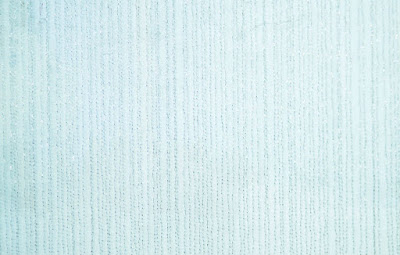History
Safety pins are an ancient invention which have stayed pretty much the same for millennia. Originally used to hold clothing such as togas in place. Wealthy people used elaborate pins made of silver or gold, poorer people used cheaper metals. By the fifteenth century, pins were made from iron. Kilts (Scottish) are still usually worn with large pins to hold them in place.
"In 1849, Hunt was struggling financially. Reportedly, he sat in his workshop, worrying about how to pay off a $15 debt he owed to a friend, while playing with a length of wire. As he was twisting it, he discovered that when coiled and then clasped to itself, the wire retained enough spring to be unclasped and clasped again. He completed a prototype and several design sketches in one evening, patented the device on April 10th, 1849, and subsequently sold the patent for $400 to W.R. Grace and Company to pay off the debt to his friend."
Like most consumables, the price of safety pins reduced massively due to the industrial revolution. Most safety pins today are made from stainless steel. Over 3 million safety pins can now be made by one factory in a single day.




Punk
Safety pins were and still are associated with punk fashion. They're a cheap and easy way to customise your clothes and even your face. Lots of people use them to pin patches, often featuring band logos, onto jackets and jeans. Due to the lifestyle of most punks, clothes became damaged quickly and pins were an easy way to fix them. Johnny Rotten of the Sex Pistols, said that safety pins were originally incorporated (into the punk aesthetic) for practical reasons, for example, to remedy “the arse of your pants falling out”.
Safety pins are associated with home piercings - something which seems to have remained popular in youth culture for decades, almost like a rite of passage, despite it being risky. I remember my mum telling me how her friends at uni put frozen chips up their nostrils then shoved safety pins through to pierce them.
I've also seen people use them to do stick and poke tattoos - this is another link to DIY rebellious youth culture.
I think most people today look back at punk culture as something which has always been regarded as cool but most old school punks were completely rejected from society at the time for their lifestyle, appearance and ideology.
"The result was bittersweet: The alienation (and bullying) my new look inspired was genuinely painful; the handful of people who recognised me as one of them, however, became the best of friends – to this day." - quote from 70's punk.



Protest
After Trumps election in 2016, a group of people started a social media campaign saying they were going to wear safety pins on their lapels to show that they opposed him and to signal to 'minorities' that they were safe from prejudice around them.
"Some Americans are wearing safety pins amid fears of abuse against minorities, immigrants, women and members of the L.G.B.T. community" New York Times.

Fact
The longest chain of safety pins measures 1,733.1 m (5,686 ft 0.2 in), achieved by Sri Harsha Nune and Sri Navya Nune (both India) in Gujarat, India, on 23 April 2018.

Superstition
In some places in India it is common for safety pins and sewing needles to be kept for generations and passed from mother to daughter.
In the Ukraine it is still a practice today to pin safety pins to the inside of a child’s clothing, to ward off evil spirits.
In many European countries, finding a safety pin is considered good luck.
Fashion
Whilst safety pins began their existence as practical tools to hold clothing in place, they have now become associated with contemporary fashion. As well as being used to reference to punk culture, many designers offer luxury jewellery and fashion featuring solid gold safety pins for example, which contrasts with their original use.

Moschino Denim

James Charles wearing safety pin top at Met Gala 2019.

Liz Hurley in Versace
Safety pins are interesting because they are easy to connect and build from. If you have some fabric and some safety pins, you can effectively make an outfit. They are cheap to produce, which makes them accessible to a lot of people. They can be used to temporarily mend clothing.
I have a safety pin hooked on one of my earrings. I've been wearing it for about 6 months. It comes in useful quite often. I cleaned my nails with it at a music festival, for example. I've also used it on a night out to temporarily fix a necklace which broke. I don't even know how much it cost as it's one of those things most people have laying around, but it certainly will have been cheap.
No comments:
Post a Comment